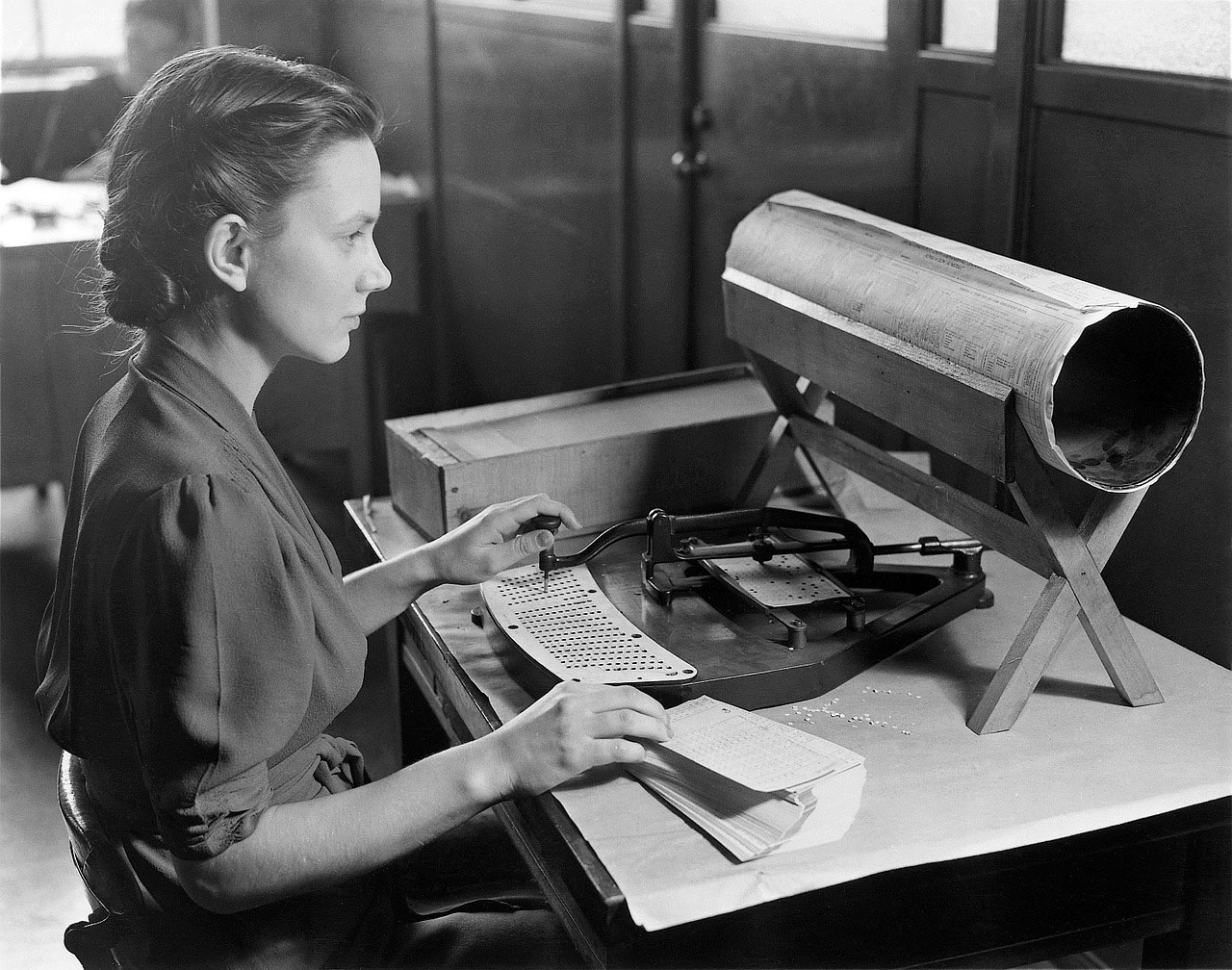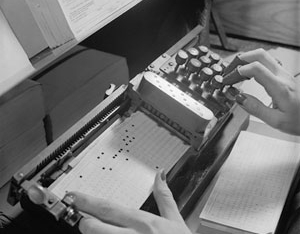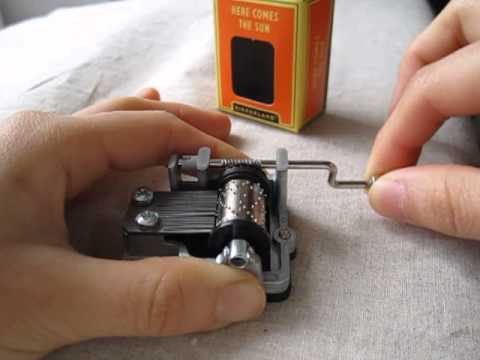Can we make a medical device from a music box?
STANFORD BIOENGINEERING, PRAKASH LAB
I worked for Prof. Manu Prakash, in the MacArthur Genius lab where the $1 paper microscope was invented.
Challenge:
Create a portable diagnostic device from a mechanical punchcard music box.
I contributed to:
Human factors - usability redesign
Mechanical design - iterative prototyping
Cleanroom chip fabrication
DESIGN RESEARCH
This device was inspired by the punchcard programmable computers of the mid-20th century, and the music boxes that persist in modern day. The device uses a hand crank to feed a punchcard into a gear train, that in a music box would play a note, but in this device would actuate a valve.
I observed and tested these older devices to understand how they were used and functioned – especially in comparison with the needed steps with the future diagnostic device - for instance, needing to load cartridges of reagents into the device.
USABILITY TESTING
Redesigned use-flow of device after observation
During prototype development, we gained insight to design questions using a formative human factors testing paradigm. The intuitiveness the device needed to be assessed, to see if it could be used in rural areas without access to primary care centers, with minimal training or experience.
Through observation of untrained device users, I distinguished features that were used successfully, those that needed to be re-designed, and why they failed. At the right is an example of a redesigned workflow of the use of the device based on those findings.
MECHANICAL DESIGN
I worked on a team developing a programmable diagnostics and chemistry device that is low-cost, portable, and human-powered. I created new mechanical designs for the platform, which consistently interacted with aspects of microfluidic chip fabrication and biological assays optimization.
This technology has potential to be used both in low-resource settings as well as in educational environments. Since I joined the research team, I worked on the next generation of the platform - creating workflows and prototyping mechanisms for new or improved functionality.
PREVIOUS NEWS
Video produced by Stanford covering the research project, released shortly before my start in the lab.
Featured in PATH's Innovation Countdown
Previously in Wired, Fast Company, and others.
Research published in PLOS ONE
I'm very grateful for George Korir and Manu Prakash of the Stanford Bioengineering Department for having me on this project team.








